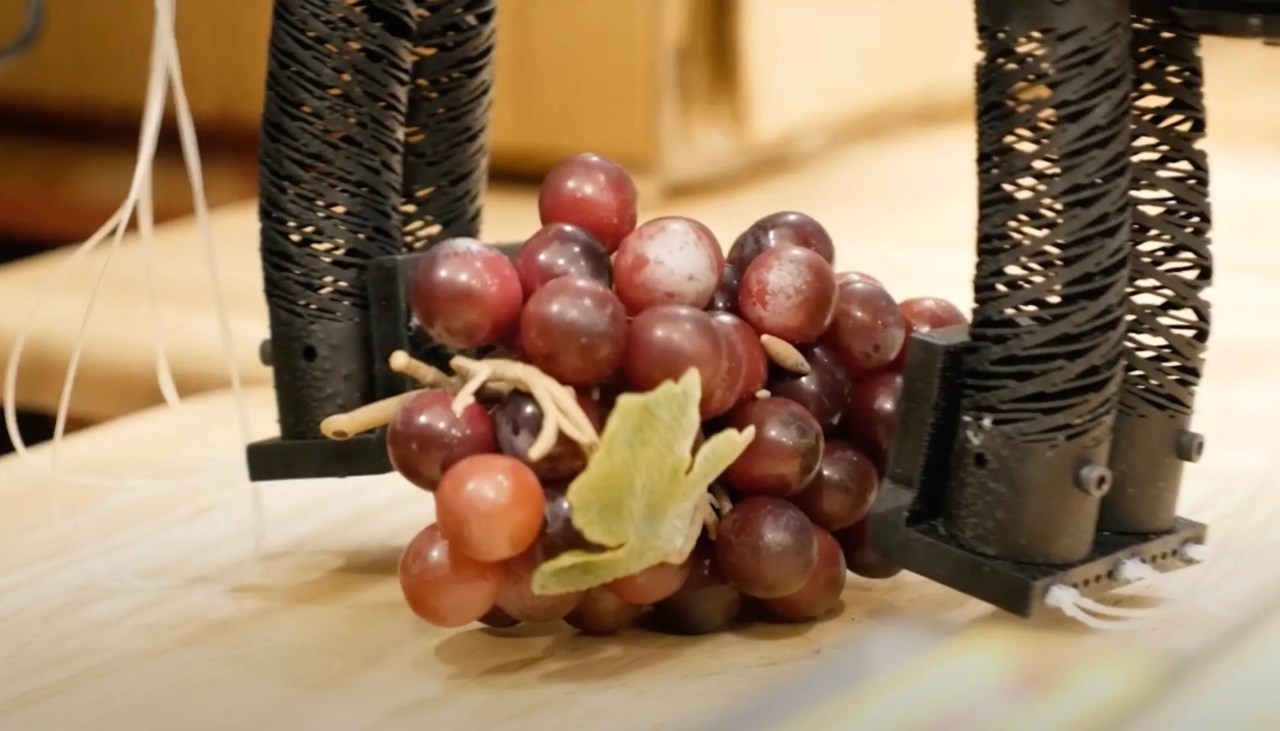The evolution of grocery shopping technology is an exciting journey, and the latest innovation from MIT’s Computer Science and Artificial Intelligence Laboratory (CSAIL) is leading the way. With the first self-checkout system appearing back in 1986, automation has made great strides in the past few decades. Now, as grocery stores increasingly embrace automation, the concept of robotic bagging is on the horizon with RoboGrocery. This innovative system couples computer vision with soft robotics to transform how we pack groceries, ensuring a more efficient and user-friendly experience.
Bridging the Gap Between Vision and Touch
The RoboGrocery project illustrates the power of integrating various sensing modalities to achieve a well-rounded solution for grocery bagging. Researchers at MIT’s CSAIL have developed a prototype that can effectively identify, assess, and package an array of grocery items. To demonstrate its efficacy, the team placed ten different items on a conveyor belt—watching as the system worked its magic.
How It Works: The Mechanics Behind RoboGrocery
The operation of RoboGrocery hinges on a finely-tuned sequence of actions:
- Object Detection: The computer vision system kicks off the process by detecting items on the conveyor belt, identifying their size and orientation.
- Delicate Handling: When the soft robotic gripper comes into contact with items like grapes, sophisticated pressure sensors ensure that these fragile products are treated with care. The technology cleverly ensures that more robust items are placed at the bottom of the bag to avoid damage.
- Strategic Arrangement: The RoboGrocery system considers the features of each item to optimize packing. For instance, a soup can is placed at the bottom, while lighter or more delicate items are positioned on top.
Paving the Way for Real-World Applications
As highlighted by Annan Zhang, a lead author of the study, while this innovation is a significant first step towards integrating robotic systems into real-world grocery packing, there is still work to be done before it can see commercial deployment. Improved grasper designs and enhancements in the imaging system are crucial for determining the best packing sequences and handling more complex item arrangements.
Beyond the Grocery Aisles
The potential applications for RoboGrocery extend well beyond the grocery store. With some refinement, this technology could be applied in various industrial environments, such as recycling plants, where precise sorting and packaging are required. The adaptability of soft robotics encourages a wide range of implementations, which is something industry experts are eagerly anticipating.
Conclusion: A Bright Future for Robotics and Grocery Shopping
MIT’s RoboGrocery represents an exciting advance in automated grocery transaction experiences. By combining computer vision and soft robotics, this technology not only enhances efficiency but also assures careful handling of grocery items, setting the stage for a smoother shopping experience. As we look toward the future, the continued development of such technologies will only bolster their potential, allowing us to create a world where robotics can assist in more everyday tasks.
At fxis.ai, we believe that such advancements are crucial for the future of AI, as they enable more comprehensive and effective solutions. Our team is continually exploring new methodologies to push the envelope in artificial intelligence, ensuring that our clients benefit from the latest technological innovations. For more insights, updates, or to collaborate on AI development projects, stay connected with fxis.ai.

